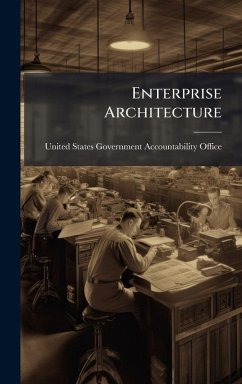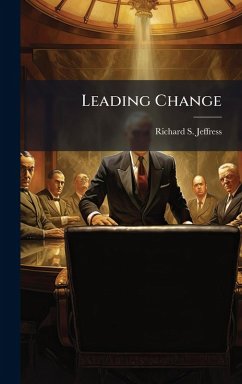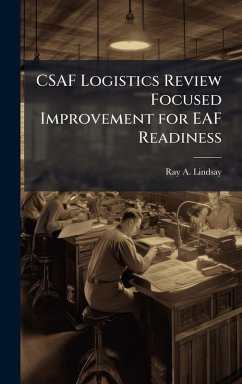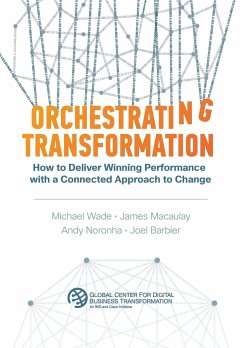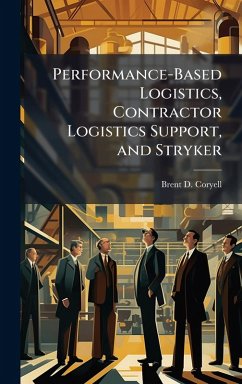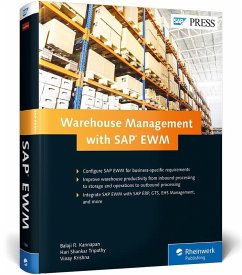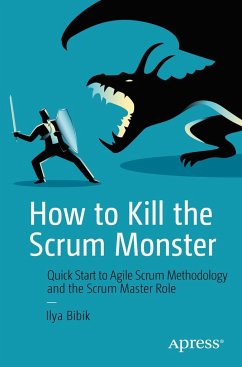
Governance Structure Transformation During ERP Implementations
Versandkostenfrei!
Versandfertig in über 4 Wochen
29,99 €
inkl. MwSt.
Weitere Ausgaben:

PAYBACK Punkte
15 °P sammeln!
As part of the Expeditionary Logistics for the 21st Century (eLog21) campaign, one of the most critical initiatives is the Expeditionary Combat Support System (ECSS). ECSS is the world's largest enterprise resource planning (ERP) implementation and will completely transform USAF logistics operations. The benefits of an ERP include centrally-managed and integrated information sharing, while the many challenges include training future state operations and employing change management. An effective governance structure is essential in order for the USAF to realize the full benefits of ECSS and min...
As part of the Expeditionary Logistics for the 21st Century (eLog21) campaign, one of the most critical initiatives is the Expeditionary Combat Support System (ECSS). ECSS is the world's largest enterprise resource planning (ERP) implementation and will completely transform USAF logistics operations. The benefits of an ERP include centrally-managed and integrated information sharing, while the many challenges include training future state operations and employing change management. An effective governance structure is essential in order for the USAF to realize the full benefits of ECSS and minimize the challenges of ERP implementation. Governance is the means by which decisions are made and how decision-makers are held accountable for those decisions. This case study research examines the changes that five organizations made to their governance structure during a large transformation effort, such as an ERP implementation. Specifically, this research examines the main trigger points, or causes of these governance structure changes. The implications of these trigger points and changes to the governance structure are explored within the context of the current ECSS implementation. This work has been selected by scholars as being culturally important, and is part of the knowledge base of civilization as we know it. This work was reproduced from the original artifact, and remains as true to the original work as possible. Therefore, you will see the original copyright references, library stamps (as most of these works have been housed in our most important libraries around the world), and other notations in the work. This work is in the public domain in the United States of America, and possibly other nations. Within the United States, you may freely copy and distribute this work, as no entity (individual or corporate) has a copyright on the body of the work. As a reproduction of a historical artifact, this work may contain missing or blurred pages, poor pictures, errant marks, etc. Scholars believe, and we concur, that this work is important enough to be preserved, reproduced, and made generally available to the public. We appreciate your support of the preservation process, and thank you for being an important part of keeping this knowledge alive and relevant.



